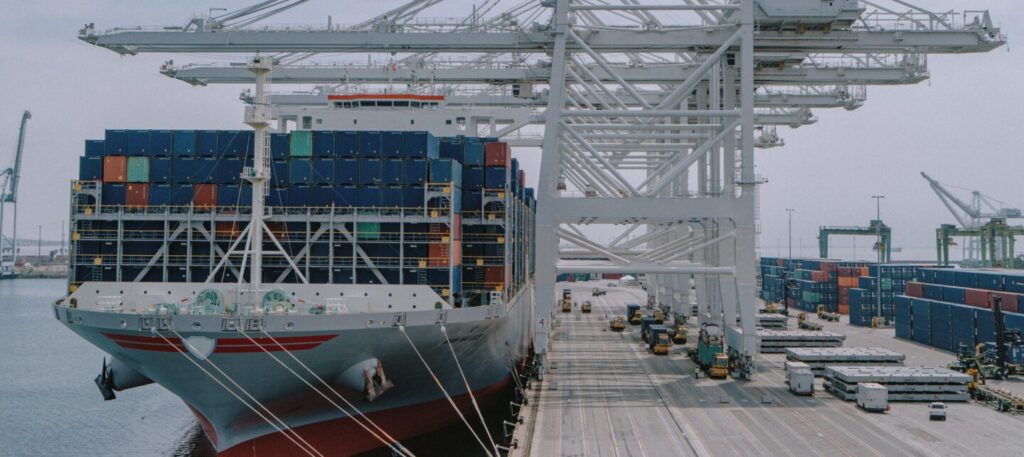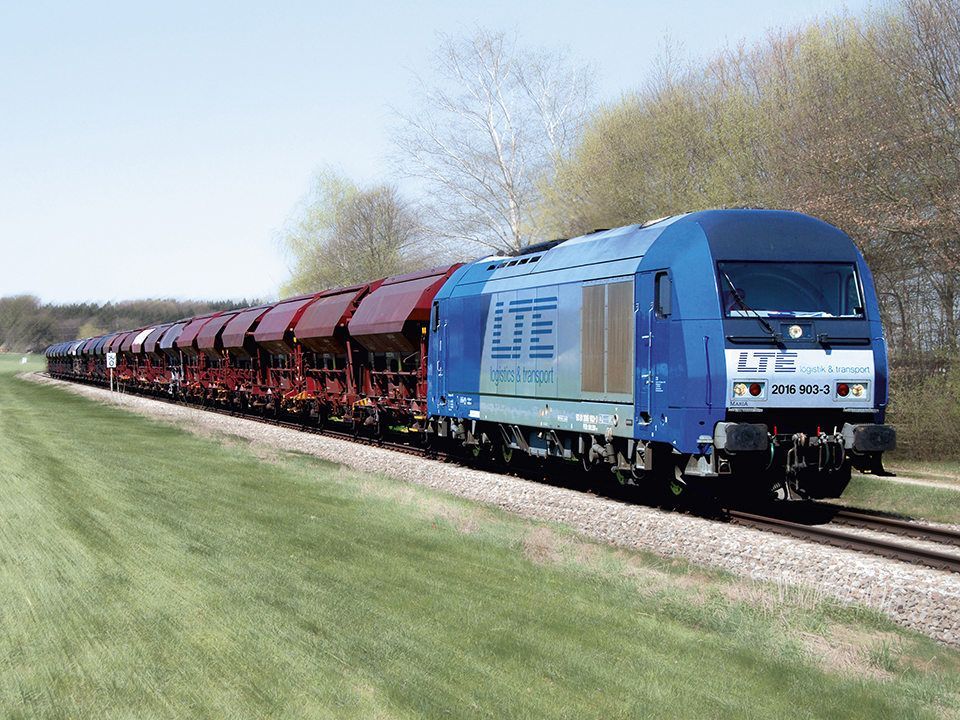Food products shipping from China requires strict attention to hygiene, logistics, and regulatory details. Whether you’re transporting frozen seafood, canned snacks, or spices, success depends on the right freight mode and documentation. This guide explains the best methods, expected costs, and practical strategies for seamless delivery.
What Are the Main Shipping Options for Food Products from China?
Shipping food internationally involves choosing the right method based on cost, urgency, and shelf life.
| Shipping Method | Ideal For | Average Cost (USD/kg) | Transit Time | Pros | Cons |
|---|---|---|---|---|---|
| Sea Freight | Bulk non-perishables | 0.3–0.6 | 25–35 days | Cost-efficient | Slower delivery |
| Air Freight | Fresh/frozen food | 3.5–7.0 | 3–7 days | Fast, safe | Expensive |
| Rail Freight | Packaged foods to EU | 1.2–1.8 | 18–22 days | Balanced cost/time | Limited routes |
| Express | Samples, small parcels | 6–12 | 5–10 days | Convenient | Costly for bulk |
Additionally, sea freight dominates long-distance shipments, while air freight is essential for perishable cargo.
How Does Customs Clearance Work for Food Imports?
Food products shipping from China requires strict customs documentation. Importers must ensure compliance with local food standards.
| Document | Purpose |
|---|---|
| Health Certificate | Confirms sanitary compliance |
| Certificate of Origin | Verifies production in China |
| Commercial Invoice | Declares product type & value |
| Packing List | Lists quantities & packaging |
| Bill of Lading | Proof of shipment ownership |
Moreover, approvals from authorities such as the FDA (U.S.) or EFSA (EU) are often required before clearance.
What Are the Typical Costs of Food Shipping from China?
Shipping cost depends on mode, distance, and cargo weight.
| Route | Mode | Product Type | Approx. Cost (USD/ton) | Transit Time |
|---|---|---|---|---|
| China → USA | Sea Freight | Canned goods | 180–250 | 30–35 days |
| China → Europe | Rail Freight | Packaged noodles | 400–600 | 20–25 days |
| China → Australia | Sea Freight | Dried fruits | 150–220 | 25–30 days |
For temperature-sensitive goods, reefer containers add 20–30% to total freight costs.
How to Maintain Food Quality During Transportation?
Proper handling ensures freshness and compliance. Recommended methods include:
- Using reefer containers for frozen and chilled foods.
- Adding humidity control packs for dry goods.
- Applying vacuum packaging for spices and grains.
- Implementing digital tracking to monitor temperature.
Consequently, partnering with logistics companies experienced in cold chain management is essential.
Case Studies of Food Shipping from China
Case 1: Frozen Tilapia to USA
- Route: Qingdao → Los Angeles
- Volume: 10 tons, frozen
- Mode: Reefer sea freight
- Time: 28 days
- Cost: USD 2,300
- Result: Arrived intact at -18°C, no spoilage.
Case 2: Instant Noodles to Germany
- Route: Shenzhen → Hamburg
- Volume: 6 tons
- Mode: Rail freight
- Time: 22 days
- Cost: USD 3,000
- Result: Delivered in perfect condition.
What Factors Affect Shipping Costs?
Food logistics pricing fluctuates based on:
- Freight mode and volume
- Cold chain requirements
- Destination and port fees
- Customs taxes and inspections
- Seasonal demand
For instance, reefer shipments during peak seasons may rise by 25% due to limited container availability.
How to Improve Efficiency in Food Logistics?
Efficiency depends on coordination between suppliers, freight agents, and importers.
- Schedule early bookings during low-demand periods.
- Choose carriers experienced in food safety compliance.
- Ensure accurate product labeling and HS codes.
- Consolidate small batches to save per-unit cost.
- Use IoT tracking systems for quality assurance.
In addition, aligning with third-party logistics (3PL) providers ensures faster customs release and delivery consistency.
Why Choose a Professional Freight Forwarder?
An experienced forwarder simplifies every stage of food products shipping from China. Services often include:
- End-to-end delivery management
- Cold chain monitoring
- Customs documentation support
- Cargo insurance and risk management
Therefore, outsourcing logistics allows exporters to focus on quality and compliance while experts handle international coordination.
Conclusion
In conclusion, food products shipping from China involves balancing regulations, quality control, and freight efficiency. By selecting the correct mode, maintaining cold chain integrity, and ensuring compliance with global standards, businesses can reduce risk and costs.
To summarize, successful shipping means combining strategy with expertise — and partnering with a professional logistics provider guarantees both.
- Consult TJ China Freight Forwarding for the lowest quote. They will provide you with reliable, cost-effective service.
FAQ:
Q1.What’s the best shipping method for packaged snacks?
Sea freight is most economical for snacks, offering large-volume savings and long-term cost efficiency.
Q2.Can I ship frozen food to Europe by rail?
Yes, reefer containers on China–Europe rail routes maintain cold temperatures for frozen goods.
Q3.How do I reduce food shipping costs?
Plan shipments off-season, consolidate loads, and choose sea freight for non-urgent goods.
Q4.What documents are required for food imports?
Health certificates, invoices, packing lists, and origin certificates are essential for smooth customs clearance.
Q5.Are there limits on food quantity for export?
No global limits exist, but import countries may restrict perishable food weight per shipment.





